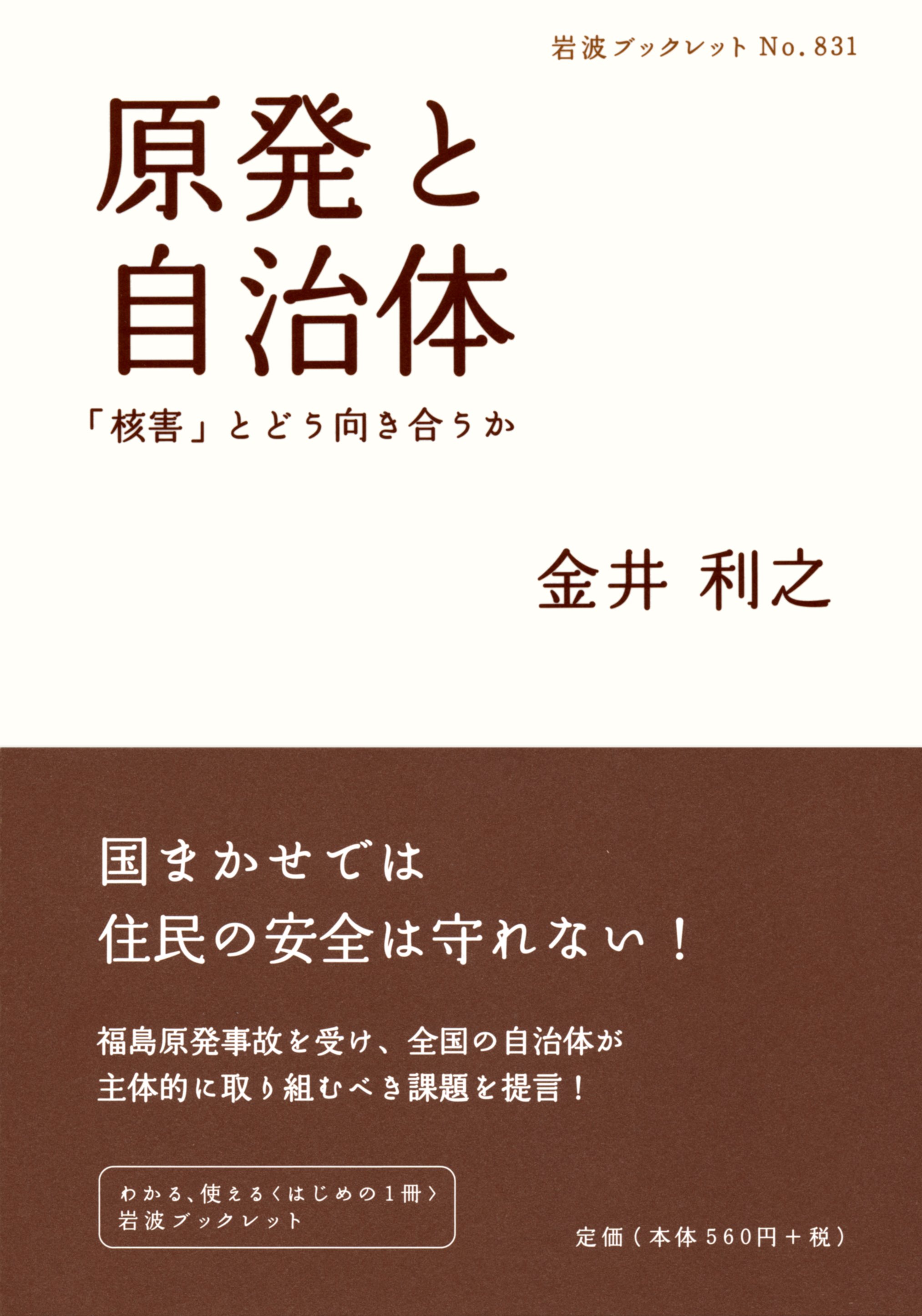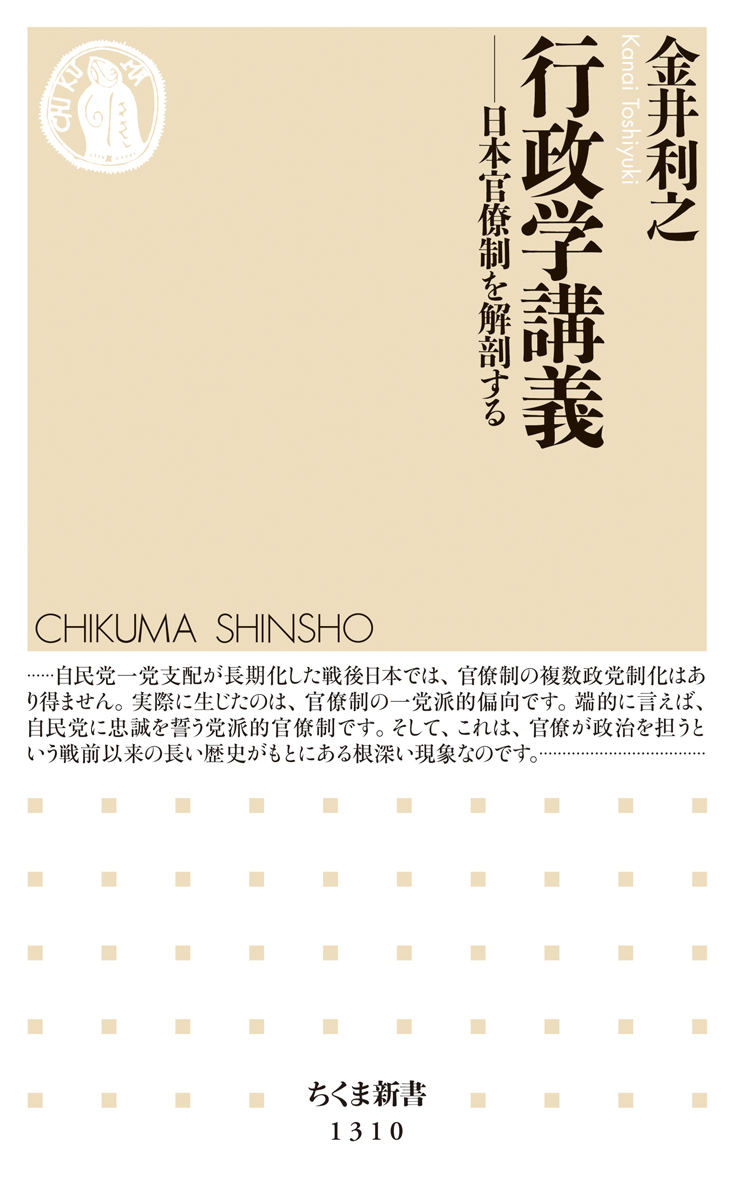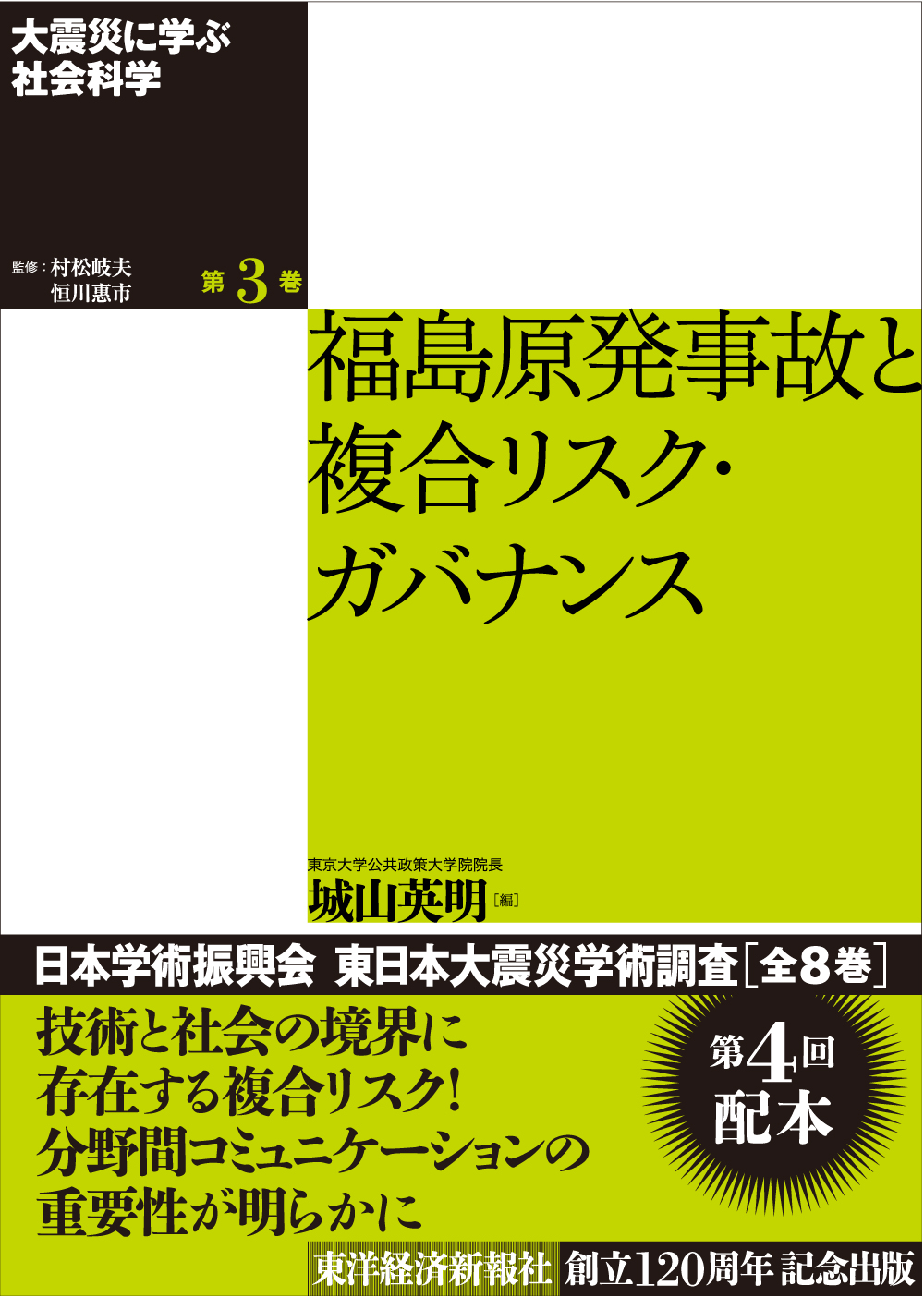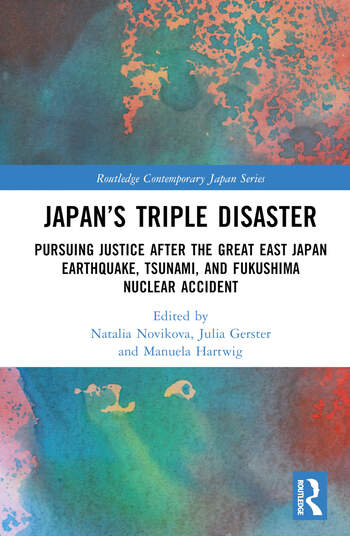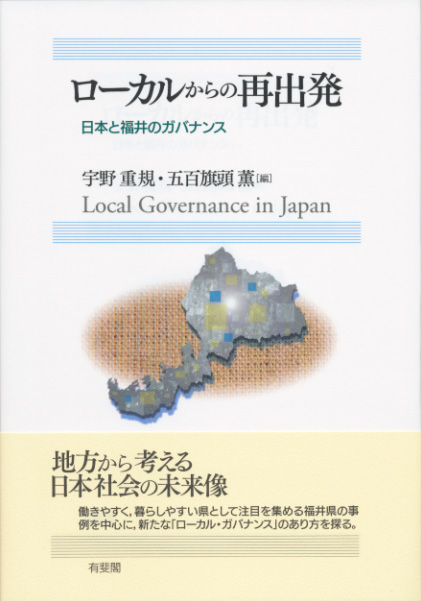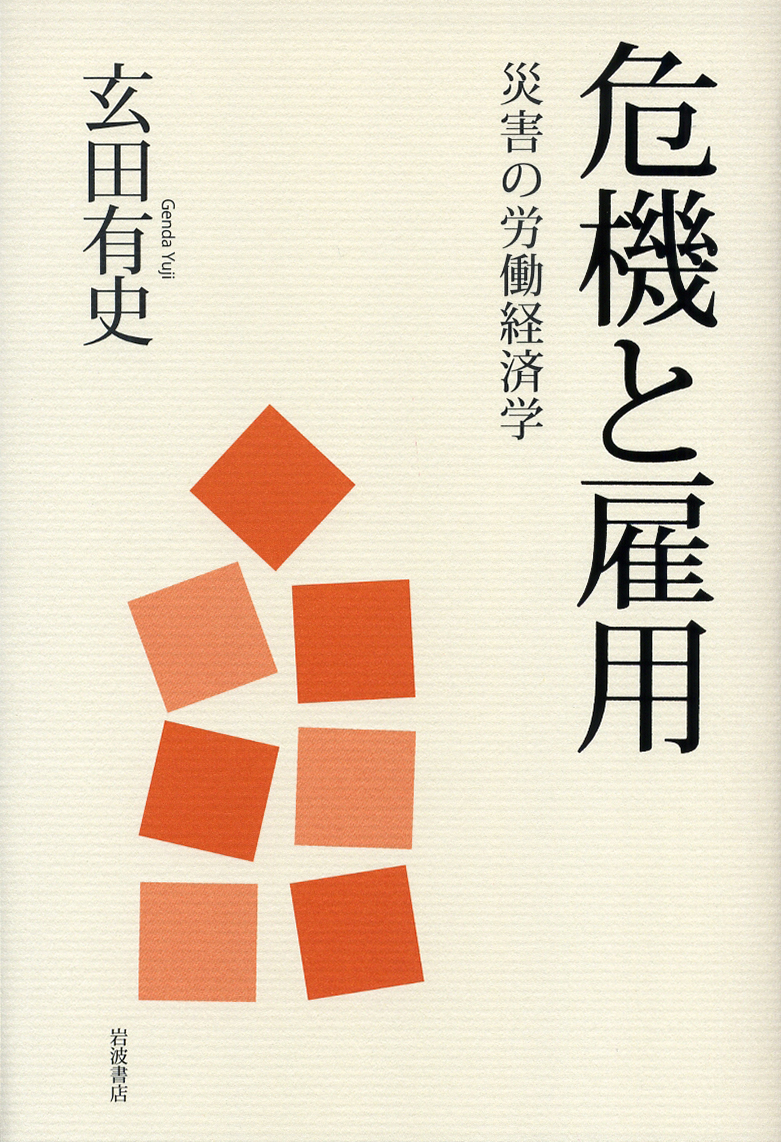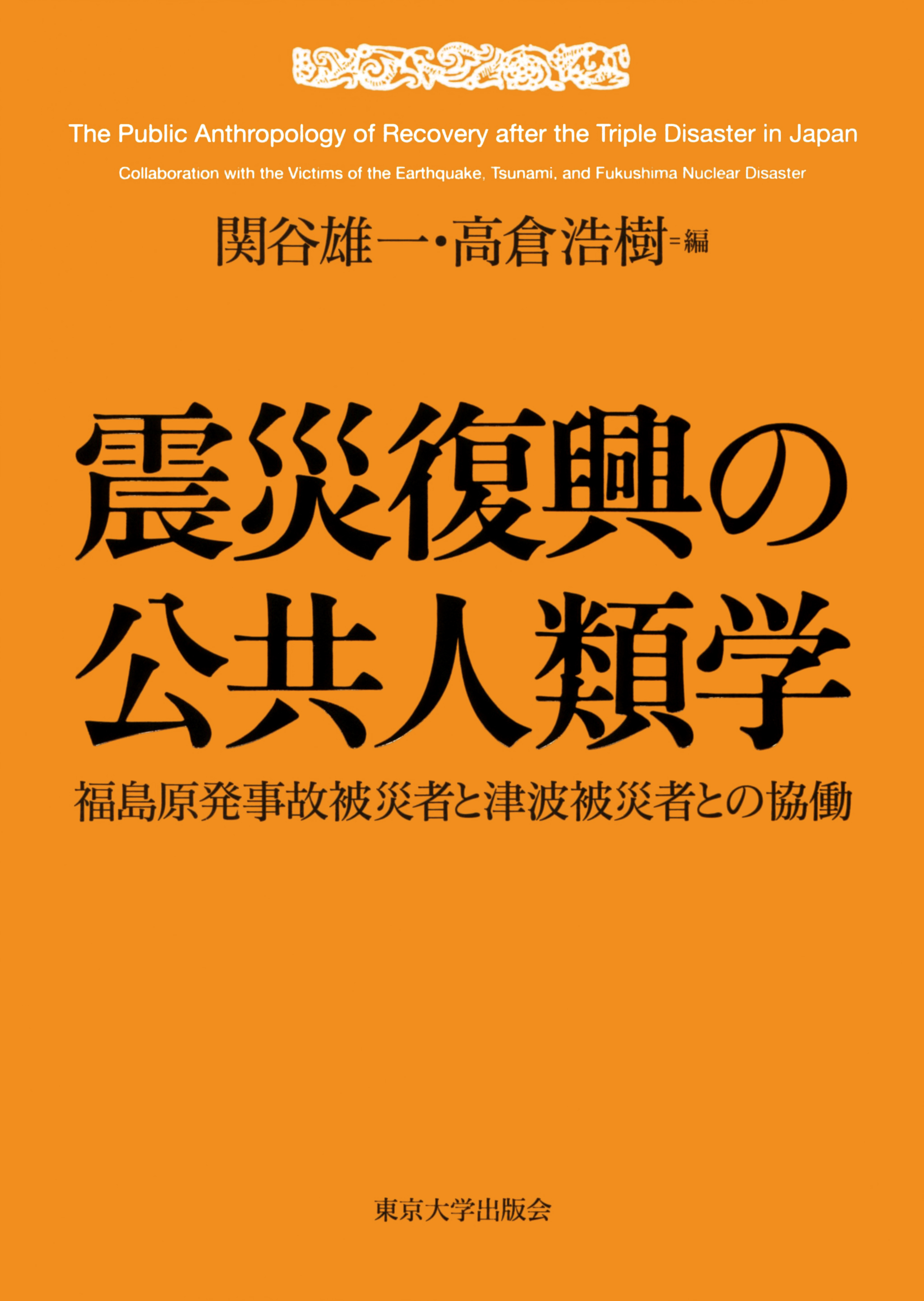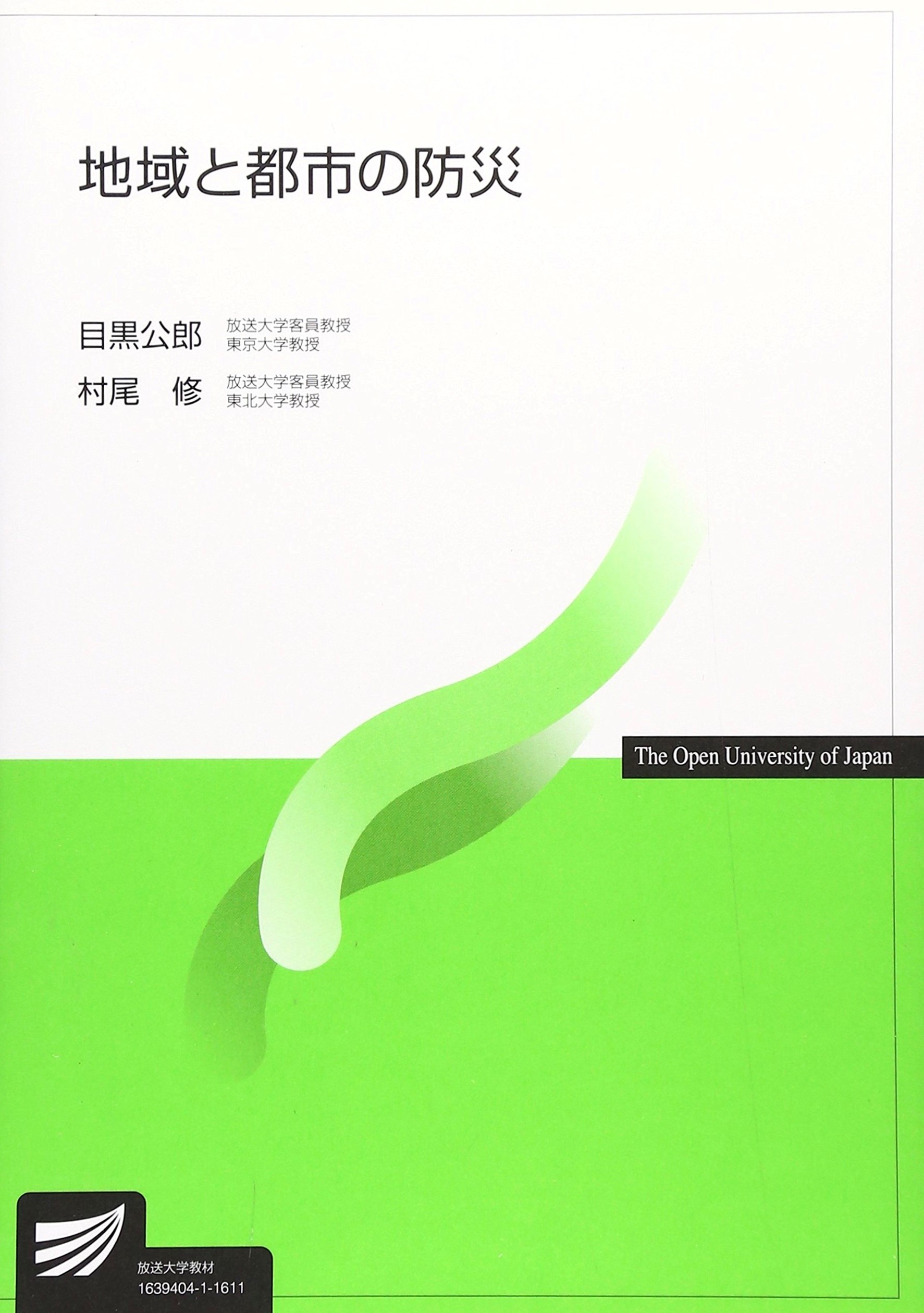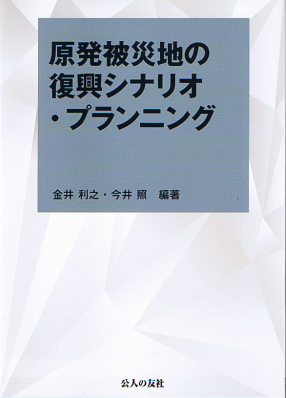
Title
Genpatsu-Hisaichi no Fukko Scenario Planning (Reconstruction Scenario Planning After a Nuclear Disaster)
Size
149 pages, A5 format
Language
Japanese
Released
November 25, 2016
ISBN
9784875556916
Published by
Koujin no Tomo
Book Info
See Book Availability at Library
Japanese Page
This book presents a study of the reconstruction program for damaged municipalities in Fukushima Prefecture, which were affected by the nuclear disaster (Level 7 on the INES scale) at the Fukushima Daiichi Nuclear Power Station in 2011. Specifically, it is the result of collaborative research conducted through participant observation of the process of formulating the Second Reconstruction Plan for the town of Tomioka. As with other disaster-affected municipalities, Tomioka, which was ordered to evacuate the entire area and did, proceeded to draft a reconstruction plan. Townspeople were mostly unable to participate in the formulation of the First Reconstruction Plan, partly because it was undertaken immediately after the evacuation. However, their voices were heard when developing the Second Reconstruction Plan. By joining them in the undertaking, researchers and consultants played an active role in the future of Tomioka.
However, the reconstruction plan that was settled on, namely the Second Plan, was unable to fully incorporate the wishes of the townspeople who participated. Tomioka Town lost autonomy through the pressure exerted by the national government and its Reconstruction Agency on Fukuoka Prefecture. Furthermore, internally, they worked with officials from the prefecture. Tomioka was rushed and faced pressure not to fall behind the national reconstruction agenda. Consequently, the Second Plan was merely the central government-led reconstruction plan, which reflected the demands of construction companies. Thus, a plan not necessarily reflecting the people`s wishes was officially developed as though it was the plan requested by the town (and thereby its people). The national and prefectural governments lauded it as the First Plan in which the town’s wishes were aligned to theirs, and both the reconstruction of the town and preparations for its residents to return home began.
Observing this, in this book, we use participant observation and attempt to develop the plan that should have been—indeed might still be—possible, one that corresponds with the townspeople’s wishes. Local governing bodies emphasize long-term planning and scenarios. However, everything must begin with the will of the people. Therefore, based on the will of the Tomioka townspeople, as expressed at meetings in which they participated during the formulation of the reconstruction plan (the Second Plan), we developed alternative plans that represent snapshots of what “might” have been possible. This is neither an empirical study of an existing reconstruction plan nor empty theorizing. These are feasible alternative plans that utilize the same information employed to devise the actual reconstruction plan (the Second Plan).
The method we used is known as “scenario planning.” The method may be employed in various ways, some of which are selective about methodology. However, in this book, we went ahead without focusing on such finer points. We simply gave explicit shape to a few future scenarios based on choices not actually made. The townspeople’s wishes were transformed into stories, and these were developed into plans. The process gave us three scenarios: the “Victim Scenario,” the “Contrition Scenario,” and the “Frozen Scenario.” We also examined an alternative plan that we called the “Shadow Plan,” and a “double residency registration” system to support it.
In reality, the Second Plan, formulated within the existing political power structure, became the blueprint by which reconstruction was implemented. While not perfectly aligned with the wishes of the townspeople, it does reflect the inescapable and is based on empirical research. Nonetheless, there is no guarantee that the plan may be fully implemented in the future in its current state. As such, in this book, we intend to convey to future generations the foundation of knowledge we built by presenting our scenarios, which might have been possible options when they were devised, and our “Shadow Plan,” which may be possible in the future.
(Written by KANAI Toshiyuki, Professor, Graduate Schools for Law and Politics / 2018)



 Find a book
Find a book


